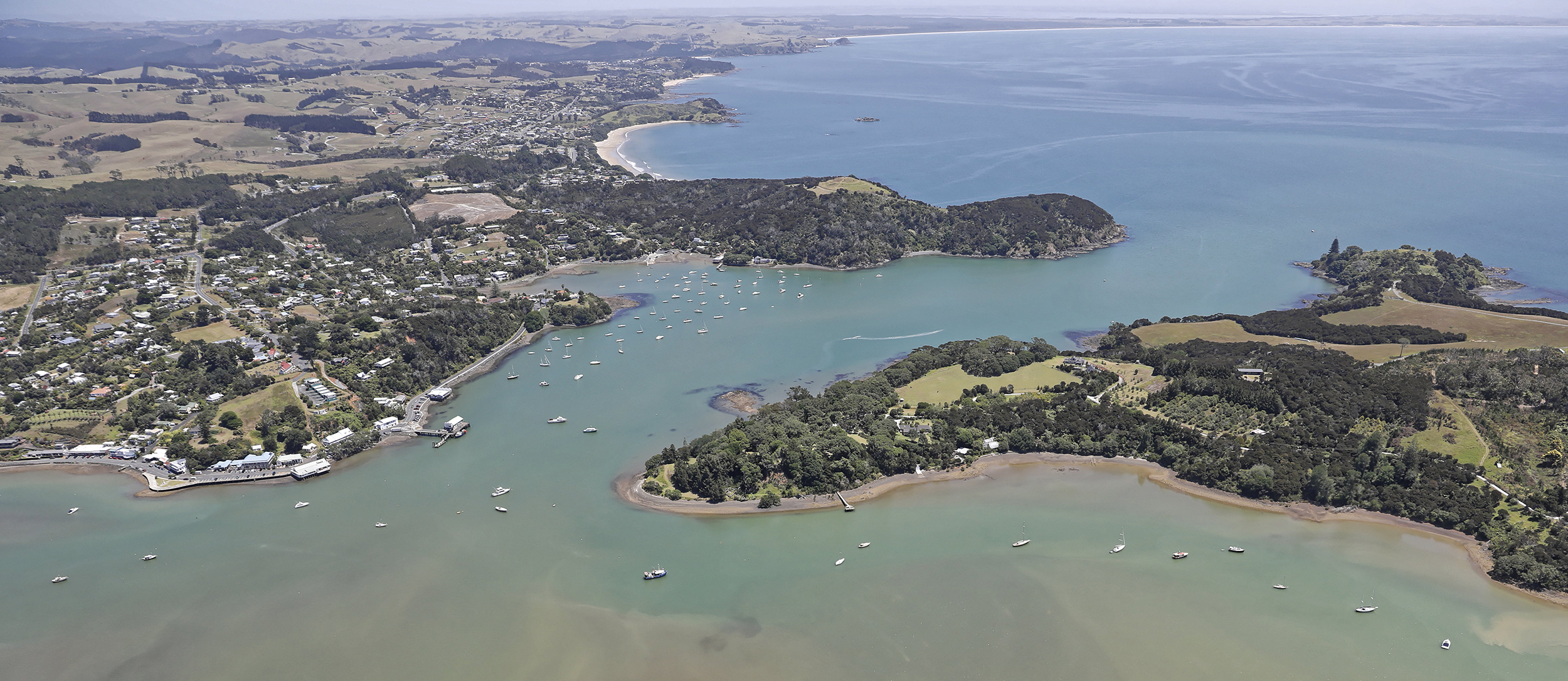Council extends feedback on Heritage Areas
The Council will extend the deadline for feedback on suggested changes to heritage areas by two weeks, giving tangata whenua, property owners and community groups more time to consider and prepare their input.

The Council will extend the deadline for feedback on suggested changes to heritage areas by two weeks, giving tangata whenua, property owners and community groups more time to consider and prepare their input.
The decision to push out the Wednesday 13 October deadline was made in response to concerns that the feedback process was being rushed. Feedback will now be open until midnight on Wednesday 27 October.
The decision follows an online public webinar on heritage protection changes run by the Council on Friday 1 October. Seventy people registered for the two-hour event, several of whom raised concerns about the feedback timeline.
Darren Edwards General Manager – Strategic Planning and Policy says that extending the deadline gives communities greater opportunity to consider the issues and to engage meaningfully in the feedback process. “We want tangata whenua and communities to share their local knowledge and to flag their concerns or suggested changes so we can get heritage protections right.”
The Council is suggesting changes to nine existing heritage precincts based on assessments from an independent heritage expert. These are included in the draft District Plan, which the Council released for feedback in March 2021. The nine areas are Kerikeri, Kohukohu, Mangōnui and Rangitoto Peninsula, Paihia, Pouērua, Rangihoua, Rāwene, Russell and Te Waimate.
Mr Edwards says that retaining all the current protection settings is not a realistic option. “Attitudes on what heritage is and why we need to protect it have evolved considerably since heritage precincts were included in the District Plan nearly 20 years ago. The regulatory environment has also changed. For example, we are now much more closely guided by the Northland Regional Policy Statement, and the Resource Management Act also obliges us to protect heritage from inappropriate development.
“We are trying to strike the right balance for development and heritage protection and we need tangata whenua and community input to help us achieve that.”
Mr Edwards says that since the online event, staff had also been asked to attend several community-initiated public meetings on heritage protections. “While I am encouraged that communities are working together to consider ways to protect the district’s heritage, I will not be asking staff to attend these meetings. Our focus for now is on assessing initial feedback and to refine our approach. That will guide further engagement with tangata whenua, affected communities and government agencies, such as Heritage New Zealand Pouhere.”
Detailed explanations of suggested heritage changes and why they are important are included in a recording of the 1 October heritage areas online event and can be viewed on the Council’s YouTube channel.
Go to the Have your say page on the Council’s website to find reports on each of the District’s nine protected areas and to provide feedback. To make an appointment to speak with a Council planning staff member about heritage protections, please email letsplantogether@fndc.govt.nz
Tags: News story

